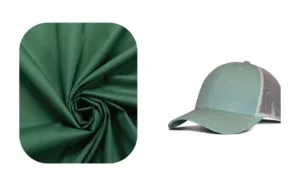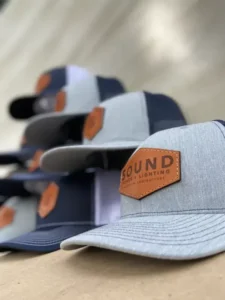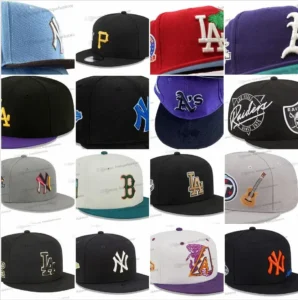Caps are more than just accessories — they’re a statement of style, comfort, and sometimes even sustainability. But have you ever paused to wonder what makes a cap truly great? The secret often lies in its material. Choosing the right fabric affects not only how your cap looks and feels but also its durability and environmental footprint.
In brief, the best material for caps depends on your needs: cotton and polyester blends are popular for comfort and durability, recycled fabrics boost sustainability, and mesh panels improve breathability for sporty styles. Understanding these options helps you pick a cap that suits your lifestyle perfectly.
Imagine you’re at a summer music festival, the sun blazing down. Your cap is your shield from the heat — will it keep you cool and comfortable, or leave you sweating? Let’s dive deep into the materials that make caps stand out, and why some fabrics outperform others in specific situations.
1.What are the most common materials used for caps?

The most common cap materials include cotton, polyester, wool, acrylic, and blends, each offering unique features for different uses and styles.
- Cotton: Loved for softness and breathability, cotton caps are ideal for casual wear. They absorb moisture well but may shrink or fade after washing. Organic cotton versions offer eco-friendliness but at a slightly higher price.
- Polyester: Known for durability and wrinkle resistance, polyester caps hold shape well and dry quickly. They are often used in sports caps but can sometimes feel less breathable compared to natural fibers.
- Wool: Traditionally used in vintage or cold-weather caps, wool offers warmth and a premium look but is heavier and less suited for hot climates.
- Acrylic: A synthetic alternative to wool, acrylic is lightweight and colorfast but may not breathe as well.
- Blended fabrics: Combining cotton and polyester can balance comfort and durability, offering an all-around good performance.
- Mesh panels: Often added for ventilation in trucker hats and sports caps, mesh improves airflow, reducing sweat buildup.
At Kinwin, we work closely with suppliers to source these materials in both standard and premium grades. If you want a custom blend or a specific fabric weight for your next cap line, contact us for tailored solutions.
| Material | Key Features | Typical Uses | Pros | Cons |
|---|---|---|---|---|
| Cotton | Soft, breathable, absorbs moisture | Casual caps | Comfortable, natural fiber, eco-friendly (organic cotton) | May shrink or fade after washing |
| Polyester | Durable, wrinkle-resistant, quick-drying | Sports caps | Long-lasting, holds shape, dries fast | Less breathable than natural fibers |
| Wool | Warm, premium look | Vintage & cold-weather caps | Insulating, stylish | Heavy, not good for hot climates |
| Acrylic | Lightweight, colorfast synthetic wool alternative | Cold-weather caps | Lightweight, retains color | Less breathable than wool |
| Blended fabrics | Cotton + polyester blends | All-around caps | Balanced comfort and durability | May vary depending on blend ratio |
| Mesh panels | Ventilation panels | Trucker hats, sports caps | Improves airflow, reduces sweat buildup | Less warmth, may reduce durability |
2.Which materials offer the best durability and comfort for caps?

Polyester and cotton-poly blends offer the best combination of durability and comfort in caps.
- Durability: Polyester excels because of its resistance to stretching, shrinking, and UV damage. Caps made of 100% polyester or high polyester blends tend to last longer in rugged outdoor conditions.
- Comfort: Pure cotton is unbeatable for softness and breathability, making it great for everyday casual wear. However, pure cotton may wear out faster.
- Balance: Cotton-polyester blends give you the “best of both worlds” — the softness of cotton with the durability and quick-drying properties of polyester.
- Other factors: Stitching quality, fabric weight, and lining also affect the overall comfort and lifespan of a cap.
For custom orders, Kinwin offers a range of fabric blends tailored for your customer demographics, ensuring your caps meet high standards for wearability and longevity.
| Material | Durability Characteristics | Comfort Characteristics | Best Use Case |
|---|---|---|---|
| Polyester | Resistant to stretching, shrinking, UV damage; very durable | Less breathable but quick-drying | Outdoor, sports, rugged use |
| Cotton | Softer but less durable; may wear out faster | Softest, highly breathable | Casual everyday wear |
| Cotton-Polyester Blend | Combines polyester’s durability with cotton’s softness | Balanced softness and durability; quick-drying | Versatile, all-around caps |
3.How do different materials impact the sustainability of caps?
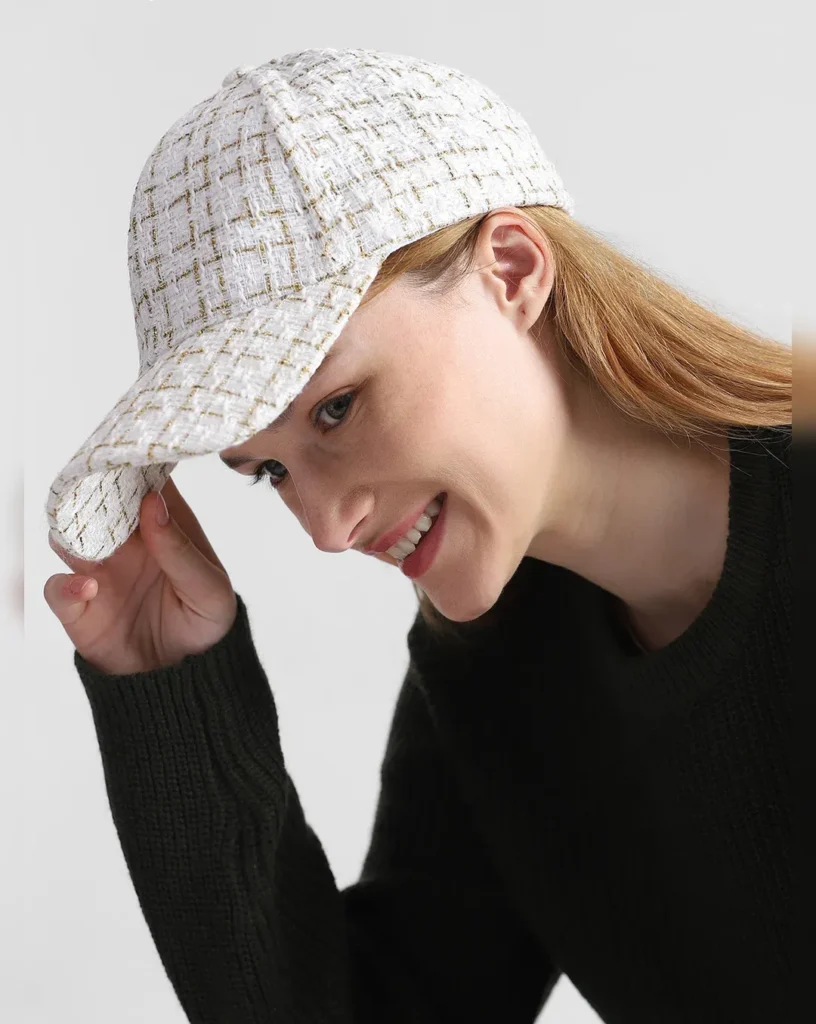
Sustainable materials like organic cotton, recycled polyester, and hemp reduce environmental impact while maintaining quality.
- Organic cotton: Grown without pesticides and with less water, organic cotton lowers environmental harm but can cost more.
- Recycled polyester: Made from post-consumer plastic bottles, recycled polyester reduces landfill waste and energy use during production.
- Hemp: A fast-growing, low-water plant, hemp fabric is naturally antimicrobial and biodegradable, making it a green choice.
- Certifications: Look for GOTS (Global Organic Textile Standard) for organic cotton and GRS (Global Recycled Standard) for recycled fibers to ensure true sustainability.
- Trade-offs: Sometimes sustainable fabrics can sacrifice softness or durability, but innovation is closing this gap fast.
Kinwin supports eco-friendly production lines and can help you integrate sustainable fabrics into your product range without compromising style or quality. Reach out to discuss customized green caps.
| Sustainable Material | Environmental Benefits | Challenges / Trade-offs | Certifications to Look For |
|---|---|---|---|
| Organic Cotton | Grown without pesticides, uses less water | Higher cost, sometimes less durable/soft | GOTS (Global Organic Textile Standard) |
| Recycled Polyester | Made from post-consumer plastic bottles, reduces landfill waste and energy use | May feel less natural, potential softness trade-off | GRS (Global Recycled Standard) |
| Hemp | Fast-growing, low water use, antimicrobial, biodegradable | Texture may be rougher, limited availability | Emerging textile certifications |
4.Do synthetic or natural materials perform better for specific cap styles?
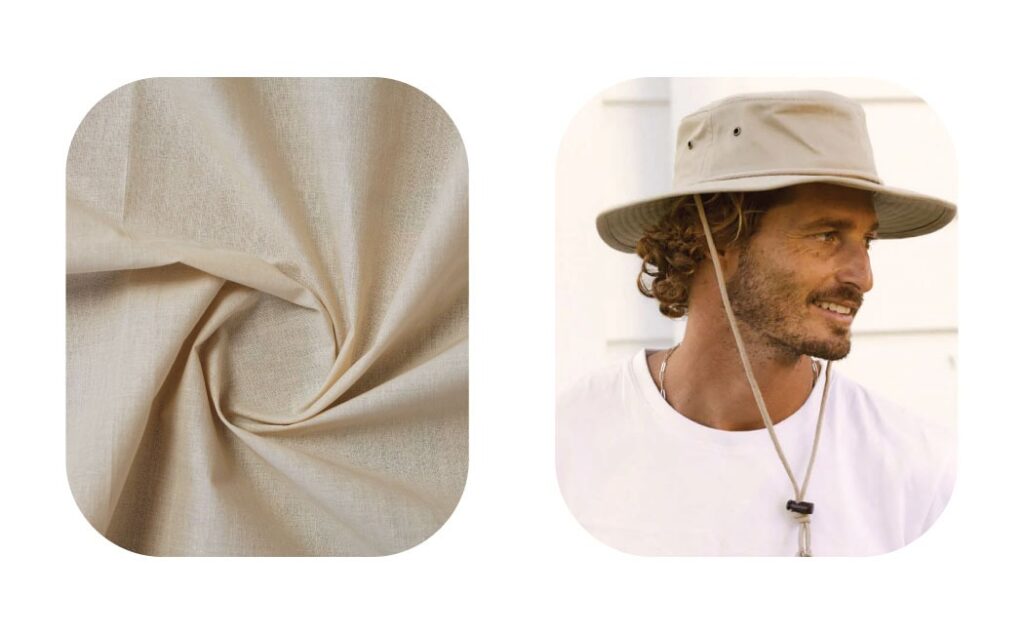
Synthetic fibers are preferred for sports and outdoor caps, while natural fibers are favored in fashion and casual styles.
- Sports caps: Polyester and nylon dominate here due to moisture-wicking, quick-drying, and shape retention.
- Trucker hats: Often combine cotton fronts with mesh polyester backs to balance style and breathability.
- Fashion caps: Wool and cotton are popular for their texture, comfort, and premium feel.
- Seasonal considerations: Wool and acrylic work well in colder seasons, while cotton and mesh blends keep you cool in summer.
- Customization impact: Synthetic fabrics may allow for more vibrant printing and easier embroidery, expanding design options.
Kinwin’s expertise spans all cap styles, and we can advise on the best materials based on your market needs and style focus. Contact us for custom samples tailored to your target audience.
| Cap Style | Preferred Materials | Key Material Benefits | Seasonal Suitability | Design/Customization Notes |
|---|---|---|---|---|
| Sports Caps | Polyester, Nylon | Moisture-wicking, quick-drying, durable | Suitable for warm weather | Supports vibrant printing and embroidery |
| Trucker Hats | Cotton (front), Polyester mesh (back) | Stylish, breathable airflow | Great for summer | Balanced style and ventilation |
| Fashion Caps | Wool, Cotton | Premium texture, comfort, classic look | Wool for cold seasons, cotton year-round | Denser fabrics support detailed embroidery |
| Seasonal Caps | Wool, Acrylic (cold); Cotton, Mesh (warm) | Insulation in winter; breathability in summer | Seasonal material adjustments | Material affects aesthetic and comfort |
5.Is material choice important for cap customization and design?
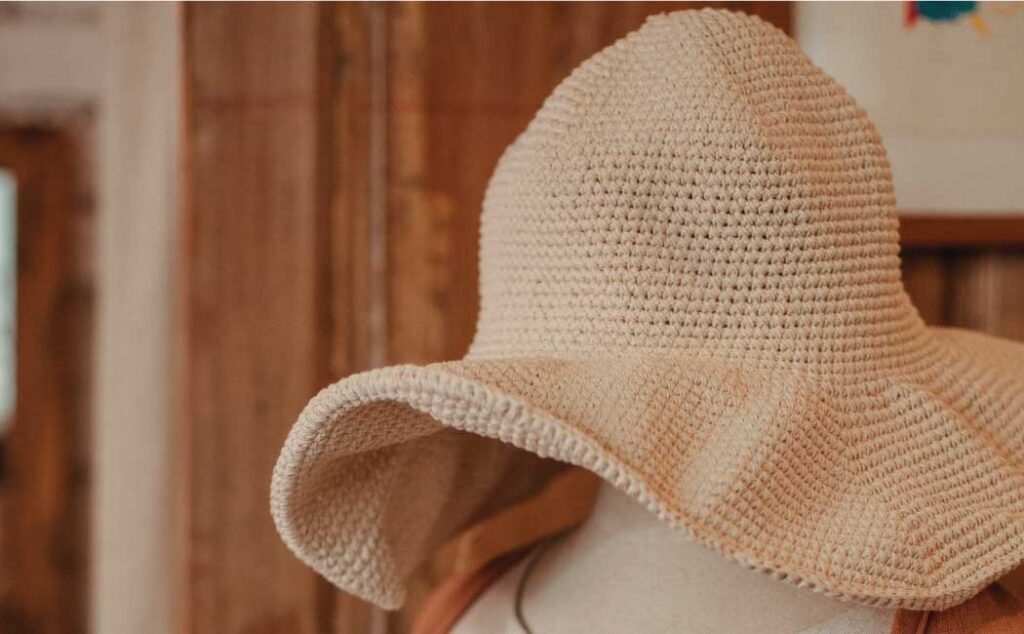
Yes, material affects how well caps take prints, embroidery, patches, and influence overall look and feel.
- Print quality: Polyester and cotton-poly blends hold screen prints and sublimation well, while wool can be challenging.
- Embroidery: Denser fabrics like wool and thicker cotton provide a stable base for detailed embroidery.
- Patch attachment: Materials with firm weaves offer better durability for sewn or iron-on patches.
- Color retention: Synthetic fabrics often maintain vibrant colors longer than natural fibers.
- Comfort and design trade-offs: Some materials that look great may not be the softest or most breathable, so balancing aesthetics and wearability is key.
Kinwin provides full customization services from fabric selection to finishing, ensuring your design vision is perfectly realized on the ideal material. Reach out to start your custom order.
| Customization Aspect | Material Impact | Best Materials | Design Considerations |
|---|---|---|---|
| Print Quality | Polyester and cotton-poly blends hold prints well; wool is challenging | Polyester, Cotton-Poly Blends | Choose materials that support vibrant, durable prints |
| Embroidery | Denser fabrics provide stable base for detailed stitching | Wool, Thick Cotton | Thicker fabrics better for intricate embroidery |
| Patch Attachment | Firm weaves improve patch durability | Cotton, Polyester Blends | Strong fabric weave ensures patches stay secure |
| Color Retention | Synthetic fabrics keep colors vibrant longer | Polyester, Acrylic | Synthetic materials maintain fresh appearance longer |
| Comfort vs. Design | Some materials trade softness/breathability for aesthetics | Balance cotton blends with synthetics | Find middle ground between look and wearability |
6.Are there industry standards or certifications for high-quality cap materials?
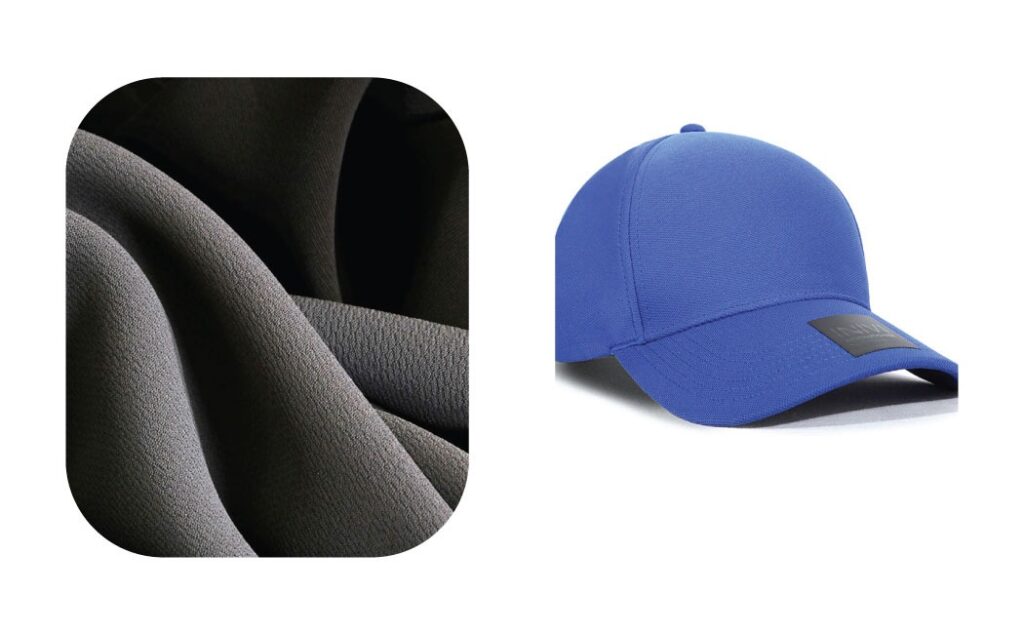
Yes, certifications such as OEKO-TEX, GOTS, and bluesign help verify material safety, sustainability, and quality.
- OEKO-TEX Standard 100: Ensures textiles are free from harmful substances, crucial for consumer safety.
- GOTS: Focuses on organic textiles and includes social and environmental criteria.
- bluesign: Certifies sustainable production with minimal environmental impact.
- ISO standards: Relate to quality management and consistency in manufacturing processes.
- Why it matters: Certified materials protect brands from liability, build consumer trust, and meet market regulations.
| Certification | Focus Area | Key Benefits | Why It Matters |
|---|---|---|---|
| OEKO-TEX Standard 100 | Textile safety (free from harmful substances) | Ensures consumer safety | Protects brands and consumers from toxins |
| GOTS (Global Organic Textile Standard) | Organic textiles, social and environmental criteria | Validates organic sourcing and ethical production | Builds consumer trust, supports sustainability |
| bluesign | Sustainable production, minimal environmental impact | Certifies eco-friendly manufacturing processes | Demonstrates environmental responsibility |
| ISO Standards | Quality management, consistency | Ensures product quality and process reliability | Improves manufacturing efficiency and compliance |
Kinwin partners with certified suppliers and implements strict quality controls to deliver compliant, safe, and reliable cap materials. Contact us to discuss your certification needs for bulk orders.
Choosing the right material for your caps is a foundational step in delivering products that delight customers, last longer, and align with modern values like sustainability. Whether you prioritize comfort, durability, style, or eco-consciousness, understanding material options helps you make smart, competitive decisions.
Ready to create your next hit cap collection? Contact Kinwin today to explore custom materials, blends, and production options tailored to your brand’s vision and market demands.



